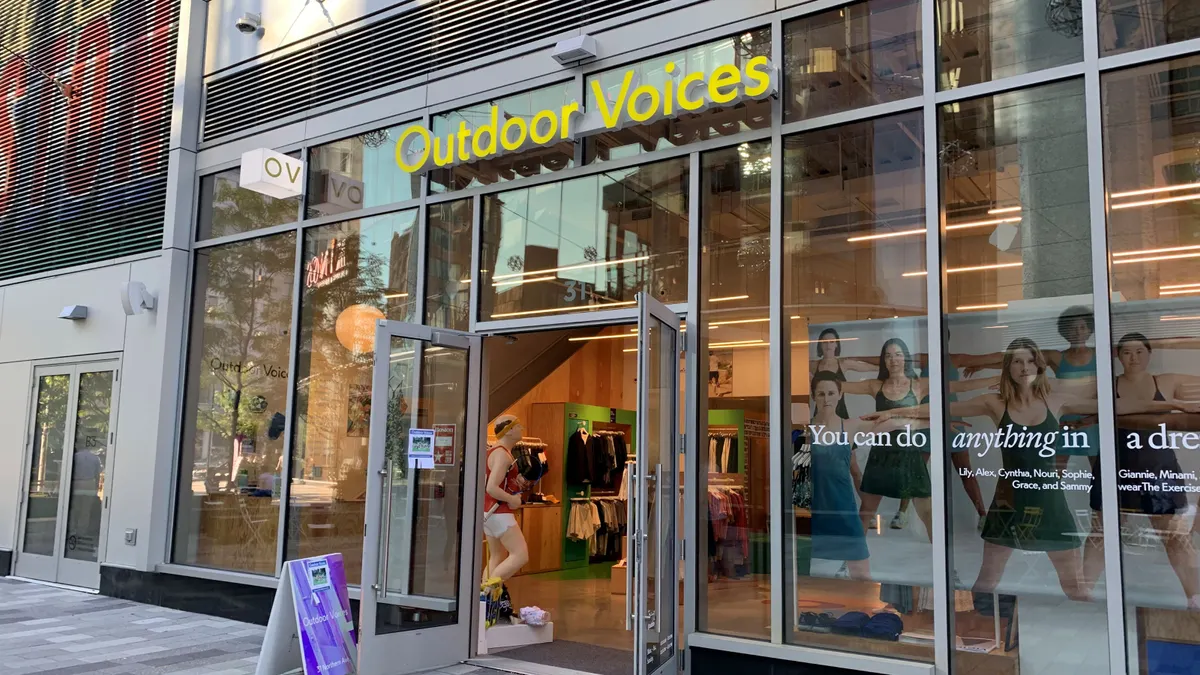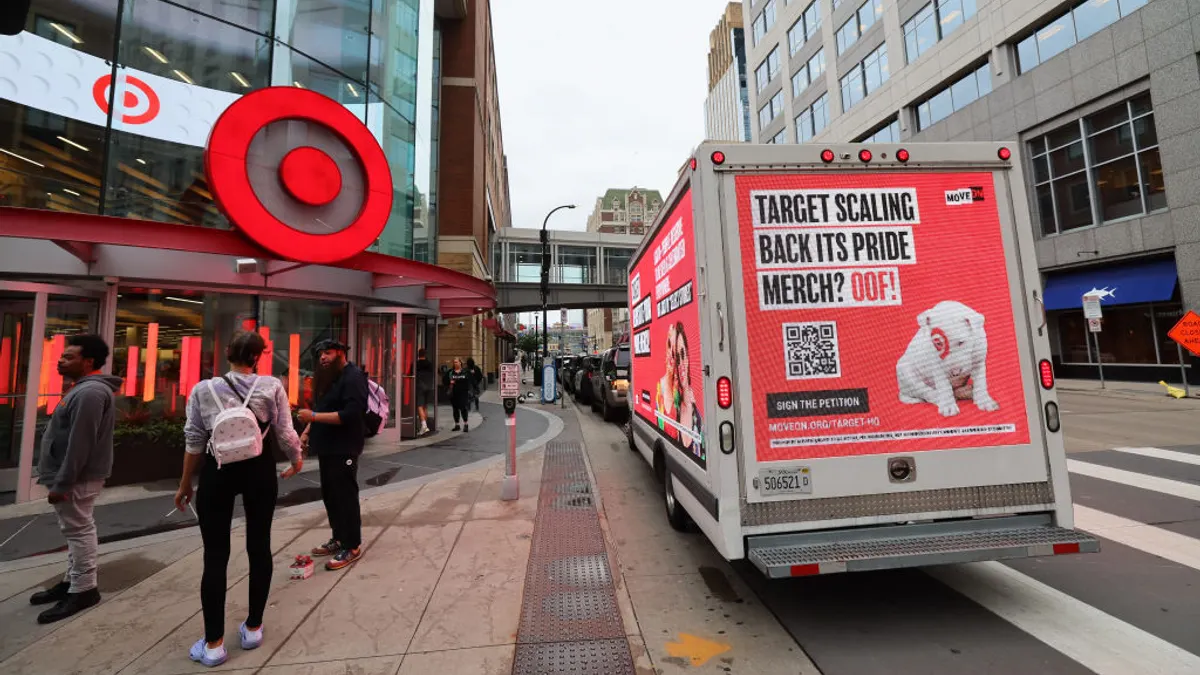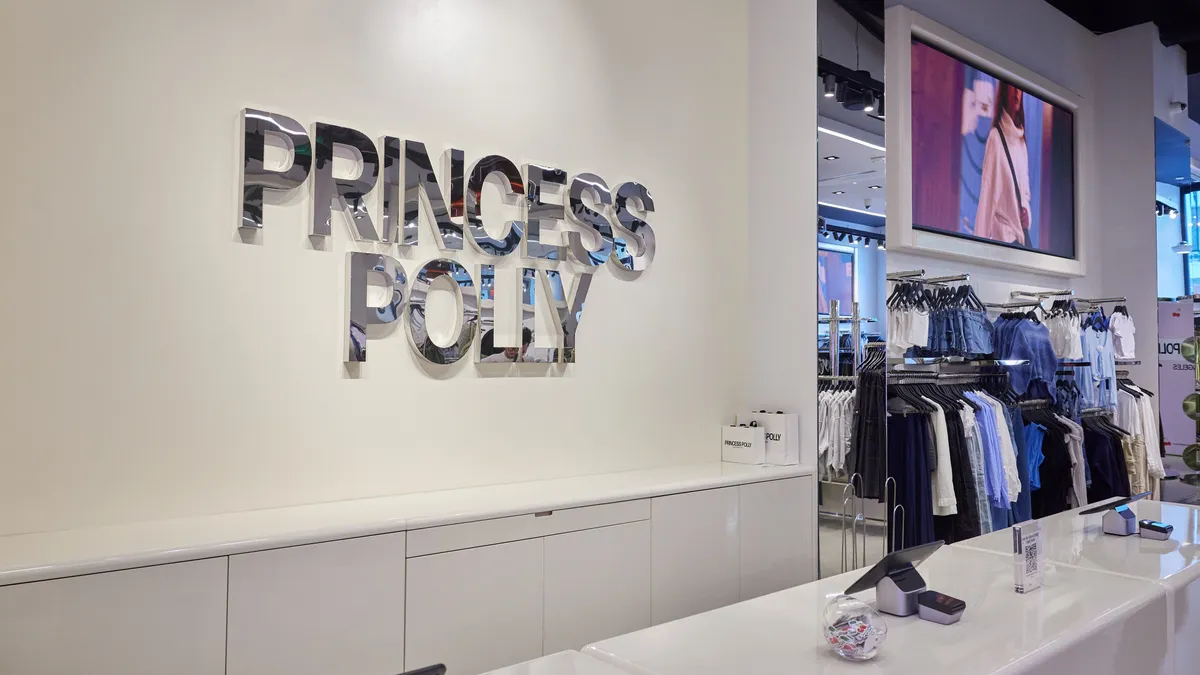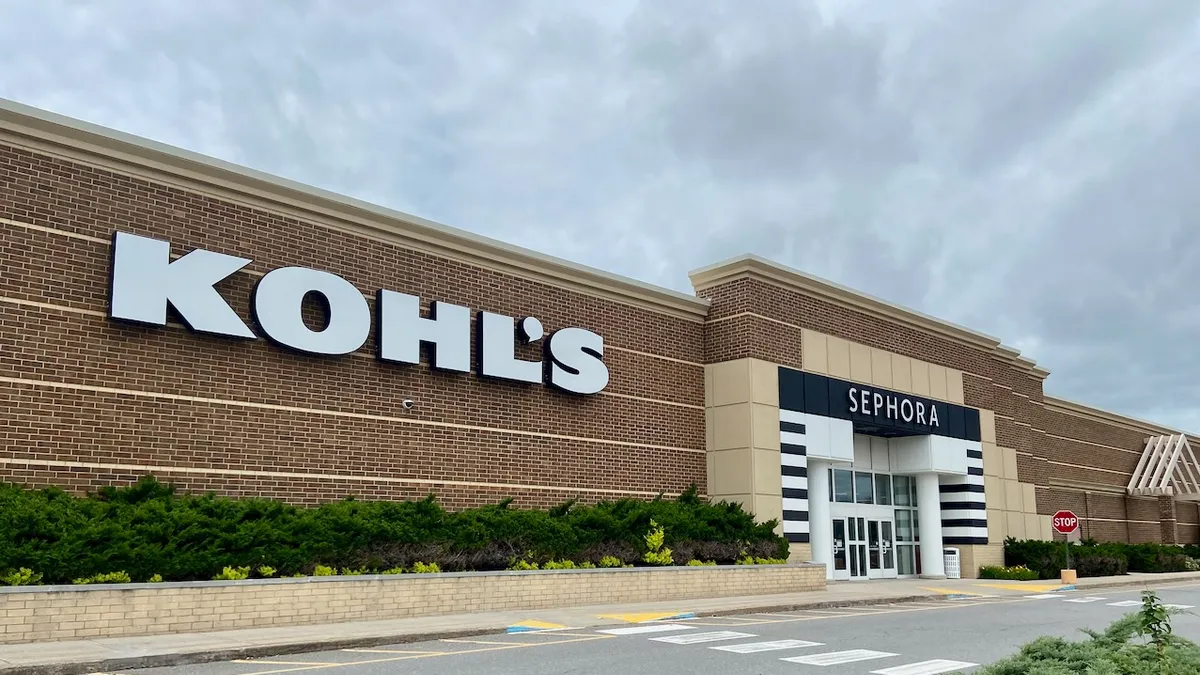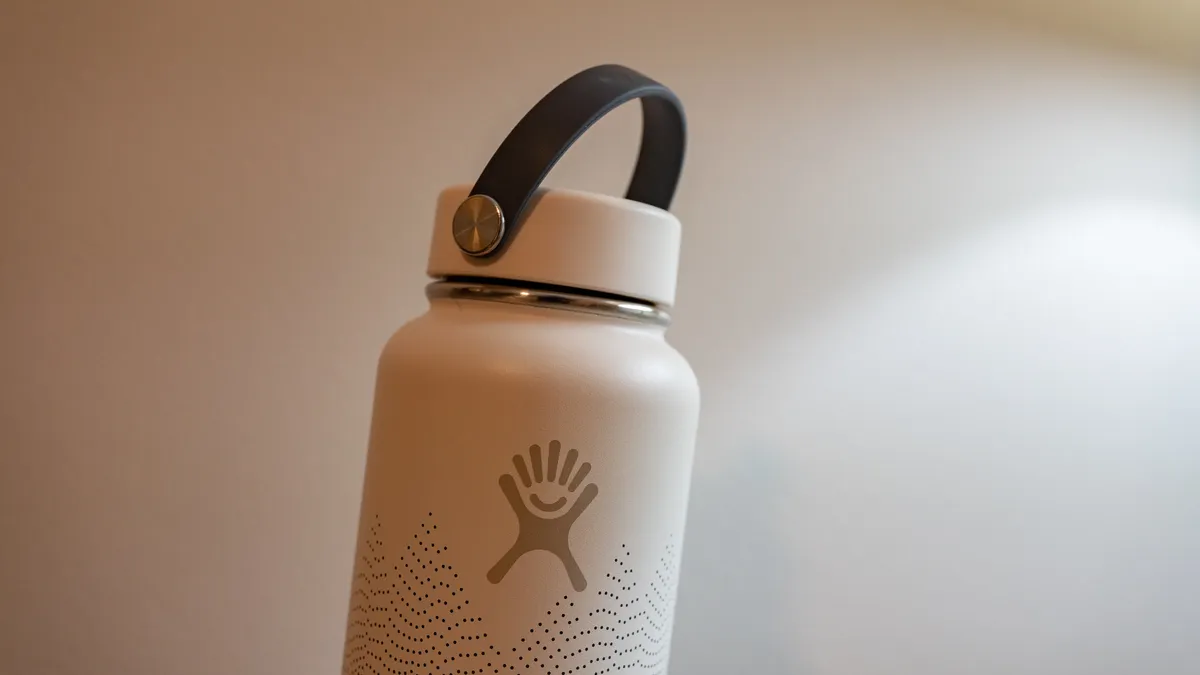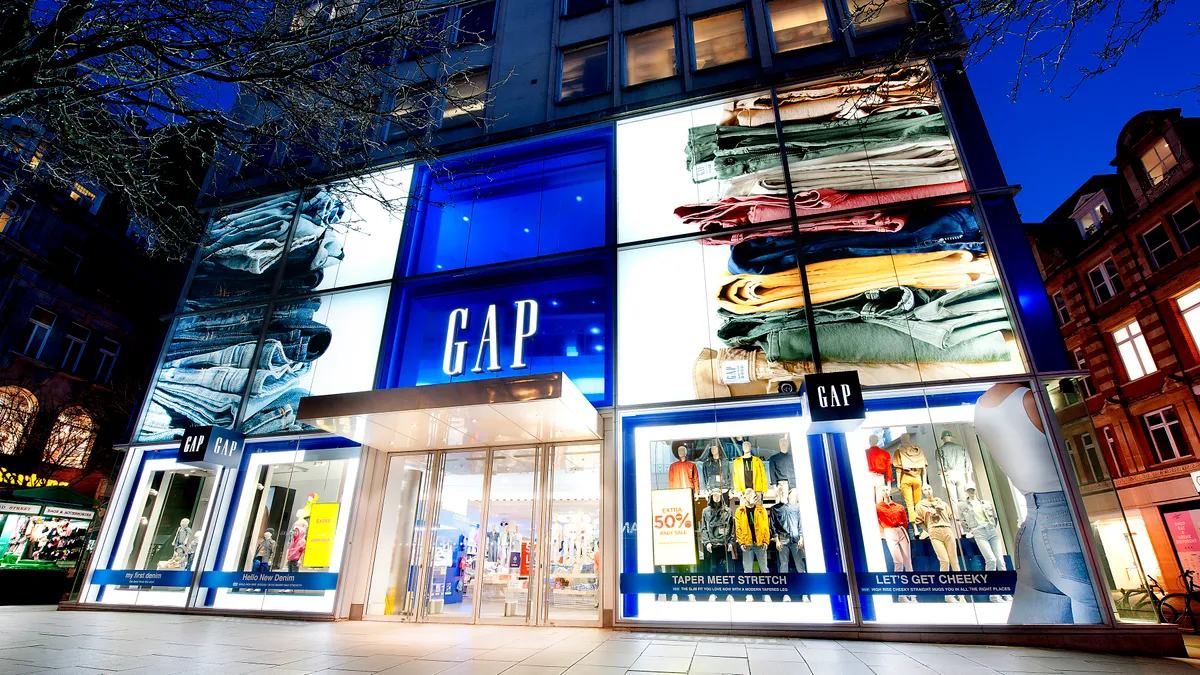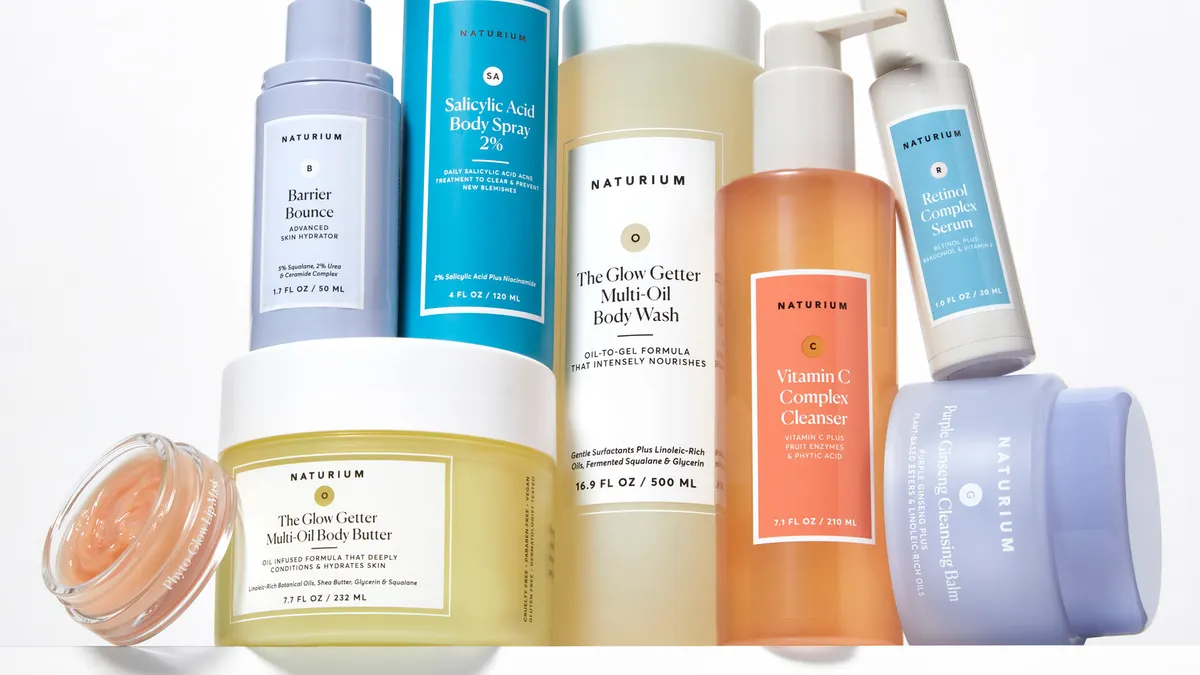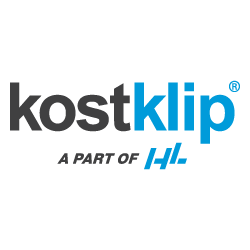It’s been another week with far more retail news than there is time in the day. Below, we break down some things you may have missed during the week and what we’re still thinking about.
From Balenciaga’s latest attempt to turn an everyday object into something desirable to Target’s operating profit declines, here’s our closeout for the week.
What you may have missed
Amazon reportedly tests a TikTok-like content feed
Amazon might be looking to bring the commerce experience that social media provides to its own app, according to reporting from The Wall Street Journal this week that says it is internally testing a video and photo content feed.
The functionality is under the name “Inspire” internally, appearing as a widget on the home screen of the Amazon app and allows users to like, share and purchase items from the posts.
Amazon spokesperson Alyssa Bronikowski would not confirm the existence of the feature being tested, but told Retail Dive, “We’re constantly testing new features to help make customers’ lives a little easier.”
Outdoor Voices could sell itself
DTC brand Outdoor Voices is reportedly looking at a sale, according to Bloomberg. The publication last week reported the brand is working with an adviser on multiple options, including raising more financing or selling itself. The article, which cited anonymous sources, also said the company could decide against a transaction as it is early on in the discussion period.
Outdoor Voices did not respond to a request for comment from Retail Dive.
Why does Saks.com need more money?
Saks.com, the e-commerce entity that emerged last year when owner HBC separated Saks Fifth Avenue’s digital and brick-and-mortar operations, this week announced that it boosted its ability to borrow funds. The e-retailer upsized its asset-based revolving credit facility from $350 million to $450 million, and its senior secured term loan will increase borrowings from $115 million to $175 million. Both are due in 2026, according to a company press release.
Although the company didn’t specify what the additional money is for, the relatively small increases suggest it will go toward operating costs rather than major investments, according to GlobalData Managing Director Neil Saunders. The company itself said it will “help fund the company’s working capital needs and will be used for general corporate purposes.”
This could mean the business isn’t generating as much cash as expected “and so needs an infusion to tide it over,” said Saunders, who joined several analysts last year in questioning the decision to split Saks up. Activist investors advocated a similar move for Kohl’s and Macy’s, which so far have rejected the idea.
“Saks’ bullishness about ecommerce at the time the business was spun off is now proving to be completely misplaced. Ecommerce growth has plummeted and the costs associated with servicing online orders have risen substantially,” Saunders said by email. “Many other online retailers are seeing this pressure in their performance and it would be surprising if Saks wasn’t also feeling some heat. Ironically, stores have bounced back very strongly after the pandemic which, once again, underlines how poor Saks’ thinking was on splitting the business in two.”
At Home launches a private label
Texas-based home retailer At Home this week introduced a new private label dubbed Honeybloom. The line will offer kitchen, dining, entertaining, living, bedroom, entryway and outdoor products with prices starting at $5.99.

“As we continue to grow our business and introduce exclusively designed private label brands, we are focused on helping our customer find their own style in over 250 stores carrying the biggest selection at the best prices, every day,” Chad Stauffer, At Home’s chief merchandising and product officer, said in a statement.
The private label launch comes a little over a year after private equity firm Hellman & Friedman acquired the retailer for an all-cash offer of $2.8 billion, including debt.
Retail Therapy
Chipotle’s new ‘water’ cup candle knows what you did
Chipotle is watching, and it knows what you did with the free water cup. That’s right, the company is onto your scheme of filling it with lemonade.
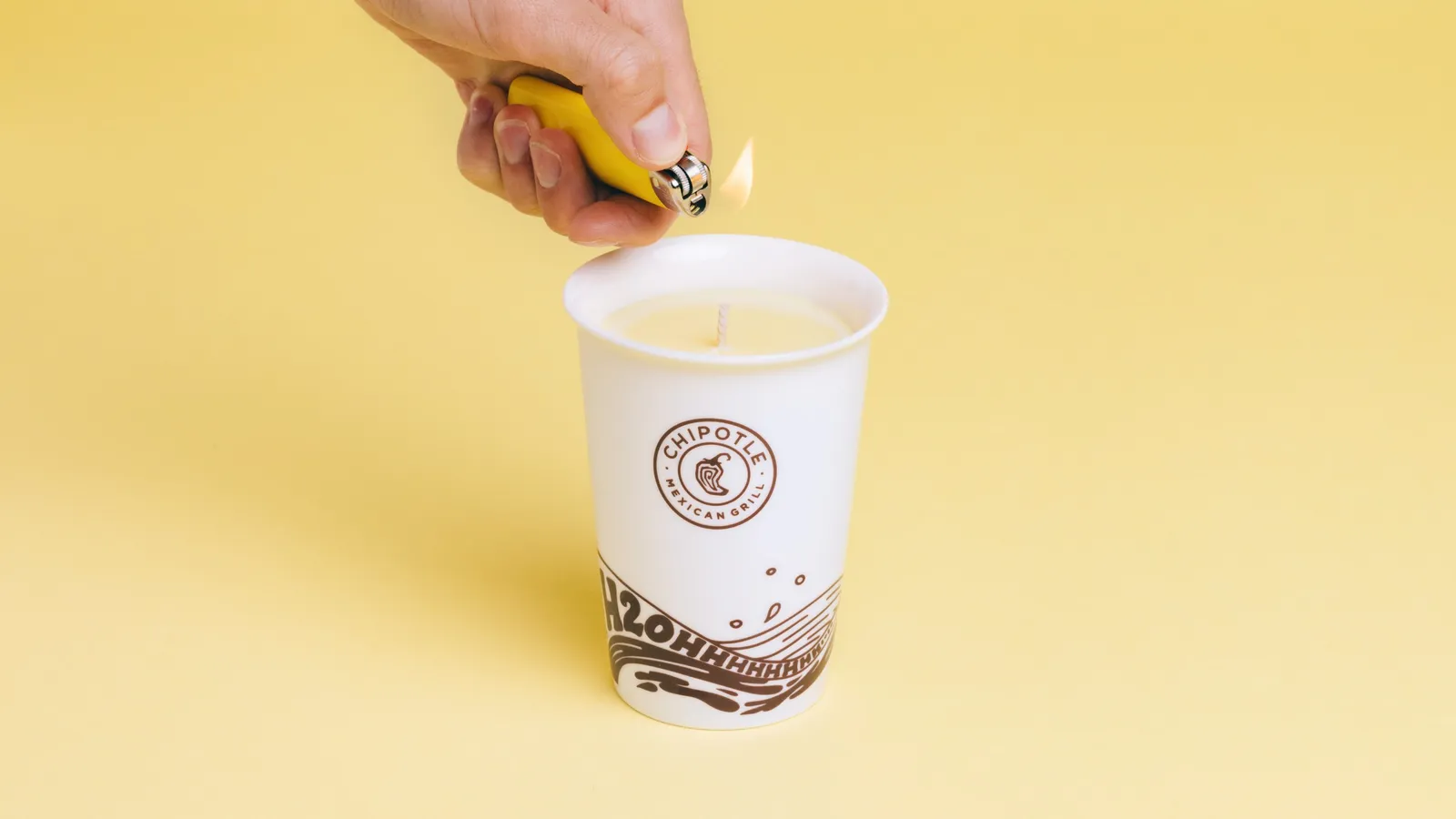
To demonstrate its all-knowing powers, the food chain launched a lemonade-scented candle inside of a “water” cup design. The candle became available for purchase on Chipotle’s website for $28 Thursday, and is already sold out.
The fun doesn’t stop there though, as the company wants to make sure nobody is ashamed of getting lemonade again. Those who buy a candle get a code to access a free lemonade in Chipotle stores.
Balenciaga laces up its latest overpriced necessity
Back to school is just around the corner, which means backpacks, notebooks and shoes are in high demand. And while new shoelaces are usually an affordable way to put new life into old kicks, Balenciaga is asking the important question: Why not pay more for a shoelace that can’t be used to tie shoes?
The patron saint of useless products has released a set of shoelace earrings that cost $250 and look like someone tied your hiking boot in an unbalanced knot and put it on your ear. If you’re thinking the price tag is because of the high quality materials, think again, because the product details reveal that the earrings don’t just look like shoelaces, they are literally made from shoelaces.
This is the same designer that brought us $1,800 trash bags, and apparently the repurposing of cheap and boring products into overpriced commodities is indeed a purposeful strategy. The description of the earrings touts “Demna’s ability to incorporate everyday objects into the house’s jewellery collections.” Other examples of this strategy at work include: $350 safety pin earrings (and matching $900 necklace), a $350 thimble ring and a $725 choker that looks like a third grader made it.
Apparently the optics of selling shoelaces for $250 while much of the United States is suffering from record inflation and struggling to pay for basic necessities did not bother the luxury brand.
What we're still thinking about
15%
That’s the percent of corporate workforce ThredUp said it is laying off, according to CEO and co-founder James Reinhart on a Monday earnings call. The company is also closing a processing center. While Q2 revenue rose 27% to $76.4 million, operating loss more than doubled to $28.3 million and net loss nearly doubled to over $28 million year over year.
87%
That is the drop in Target’s operating profit over the second quarter. Time will tell if it is a bad omen or a mere hiccup in the retailer’s growth, which accelerated significantly during the pandemic, when its multi-channel, cross-category, one-stop-shop approach made it a market share-stealing force. CEO Brian Cornell framed the disappointing profits as short-term pain Target had to endure so that it could clear inventory for which demand had suddenly flagged amid steep inflation. The retailer traded that space for better-selling categories like food and beauty.
What we're watching
What’s next for Kohl’s?
Kohl’s has had a tumultuous year. Its board battled with activist investors who wanted a board shakeup and large-scale change. It flirted with a sale before ending talks without one. In its second quarter report this week, it showed that it is still losing sales. And the macro environment is only tougher than it was last year, when activists began targeting the company for underperformance.
The retailer made other announcements this week. It’s bringing Sephora to all of its stores — a partnership CEO Michelle Gass calls a game changer — and it named a new chief marketing officer. In the near-term, Kohl’s profits are likely to come under more pressure as it clears inventory. And J.C. Penney knows well, Sephora can’t save an entire department store.


